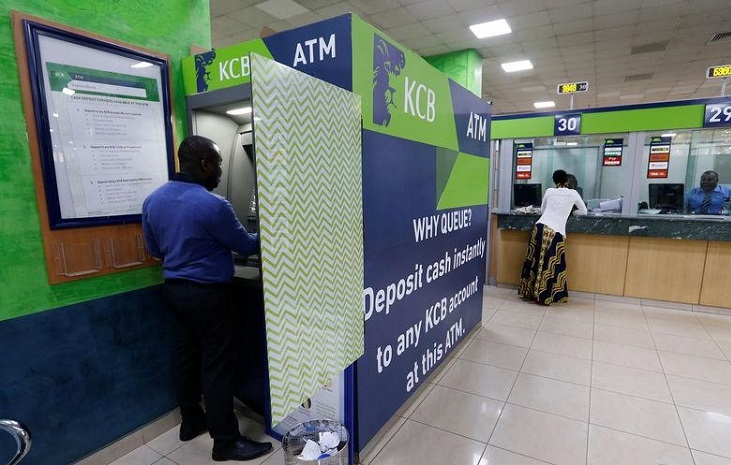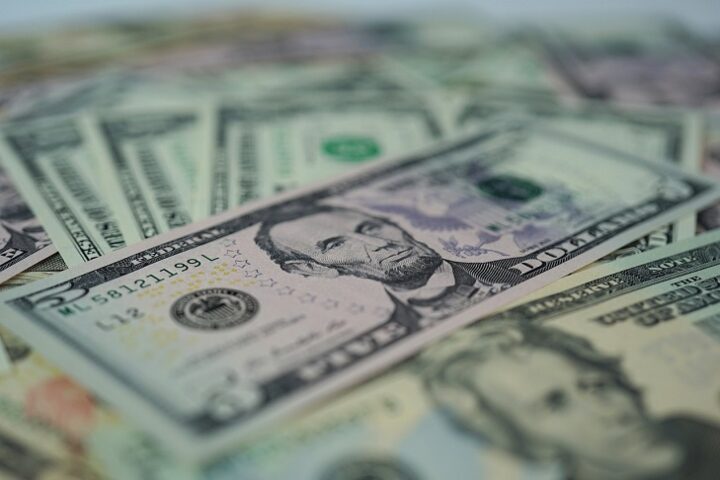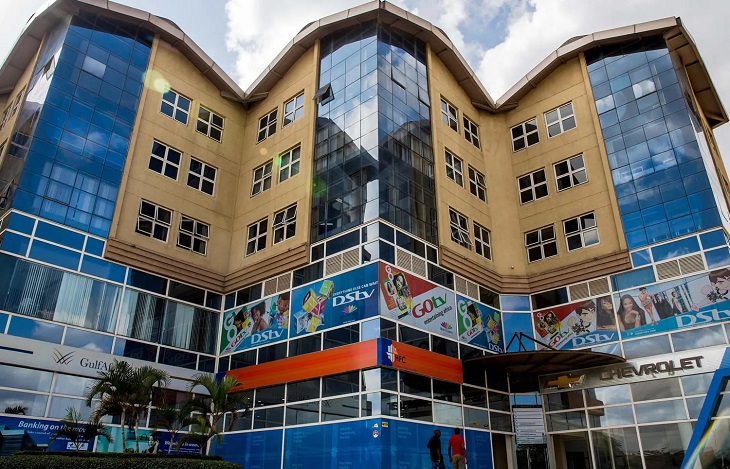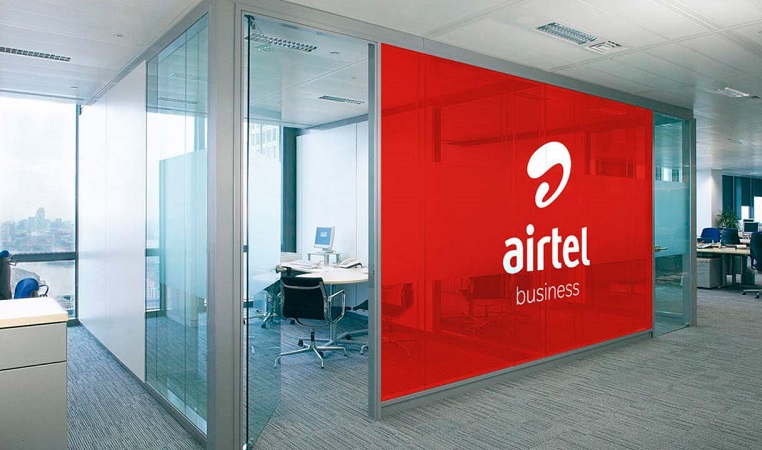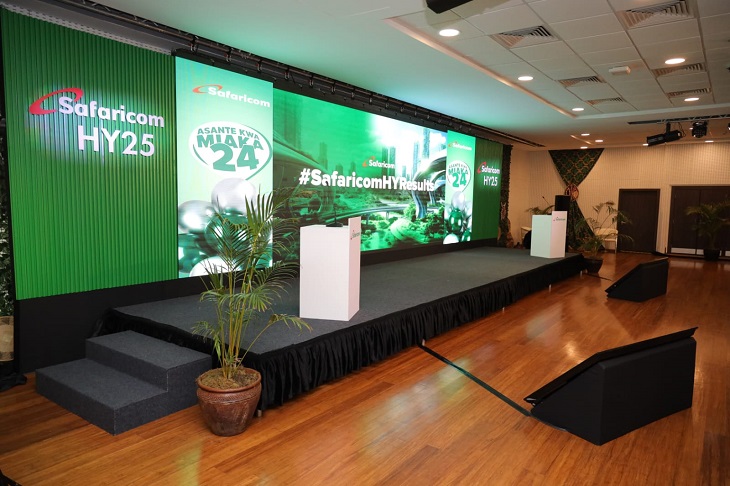KCB Group has announced the forming of a special team that will be mandated with recovering bad loans. The team will report directly to the Group CEO Paul Ruso. The lender is rushing against time to curb the ballooning bad loan book that puts it ahead of peers.
For the 9 months to September 2022, the lender’s non-performing loans grew by 54.3 percent to 149.3 billion shillings. National Bank, a subsidiary of KCB, was the worst with the most defaulted loans at 24.5 percent of the defaulted loans.
The team will be expected to recover at least 120 billion shillings in bad loans from groups, individuals, and government entities whose loans had been downgraded as well as from corporate institutions placed under receivership.
To cut costs, KCB Group is working towards fully integrating the National Bank of Kenya into its systems. Until today, since its acquisition by the Group, National Bank has been operating as an independent entity, running on its own independent systems. The integration is expected to cut the costs for the Group by at least 4 billion shillings annually.
According to Investopedia, a default can occur on secured debt, such as a mortgage loan secured by a house or a business loan secured by a company’s assets. If a borrower fails to make timely payments, the loan could go into default and the asset, or collateral, used to secure it would then be in jeopardy.
The rate at which Kenyans are unable to clear their debt has been alarming, with the latest Central Bank of Kenya (CBK) showing a total of 514. 4 billion shillings as of June 2022 in loan defaults – surpassing the half trillion shilling mark for the first time in history. Defaulting on bank loans has generally spelled disaster.
Most Kenyans have blamed the cost of living and the harsh economic times facing the country, as well as the high cost of doing business the higher defaults being experienced within the banking sector.


